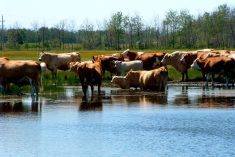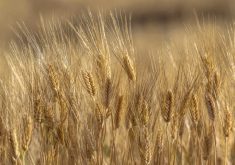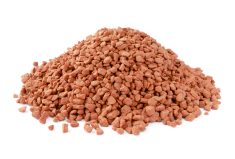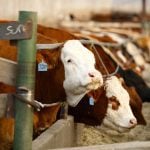Large U. S. livestock operations that discharge manure laced with phosphorus, nitrogen and other chemicals that seeps into waterways must apply for a federal permit, the U. S. Environmental Protection Agency said Oct. 31.
The EPA said farmers will have the decision whether to obtain a permit under the Clean Water Act if they expect to discharge manure into streams, lakes and other water areas. Those operations that do not obtain a permit must avoid the discharge or face stiff penalties.
About 238,000 of the 1.3 million farms with livestock rank as concentrated animal feeding operations. CAFOs generally have at least 200 dairy cows, 300 cattle, 750 hogs, 3,000 sheep or 9,000 chickens.
Read Also

Man shot in hunting incident
Three teens face charges after a 66-year-old man was shot in the arm outside of his home in the RM of Victoria
If CAFO operators apply for a permit, they will be required to submit a nutrient management plan for disposing of manure. The manure management plan will be open to public review and regulatory officials can add conditions to it, said EPA. This is the first time manure plans will be part of an application.
EPA began regulating discharges of waste water and manure from CAFOs in the 1970s. In 2003, the EPA issued revisions, but the rule was challenged in court.
Much of the measure was later upheld, but a Federal Court ruled in 2005 that some changes needed to be made, including removing the requirement that all operations apply for a permit.
According to the Centers for Disease Control and Prevention, the nation’s 238,000 feeding operations produced 500 million tons of manure in 2003.














